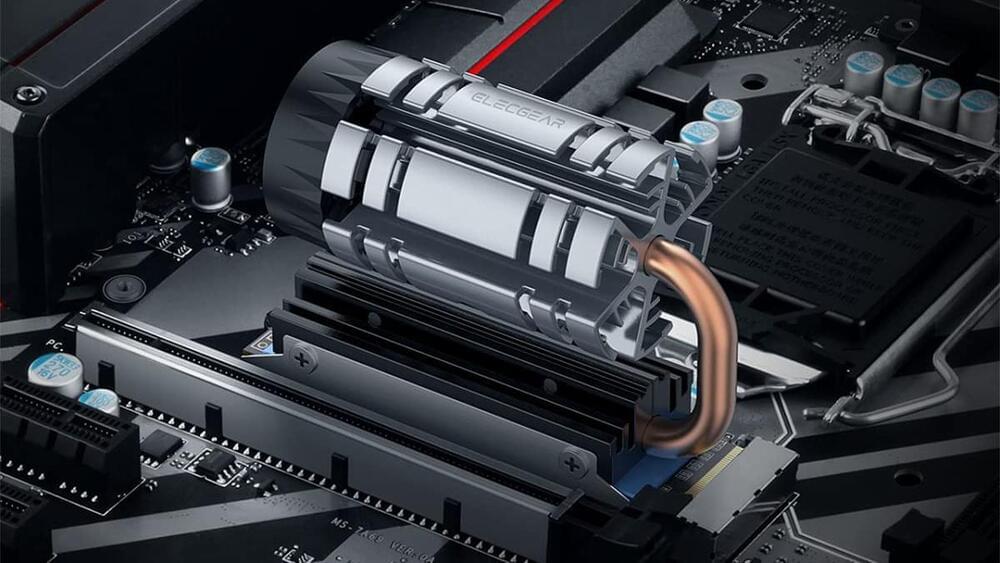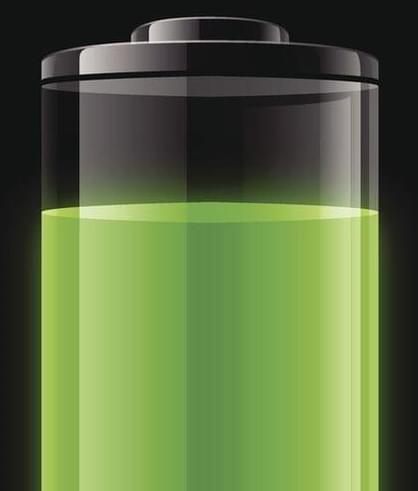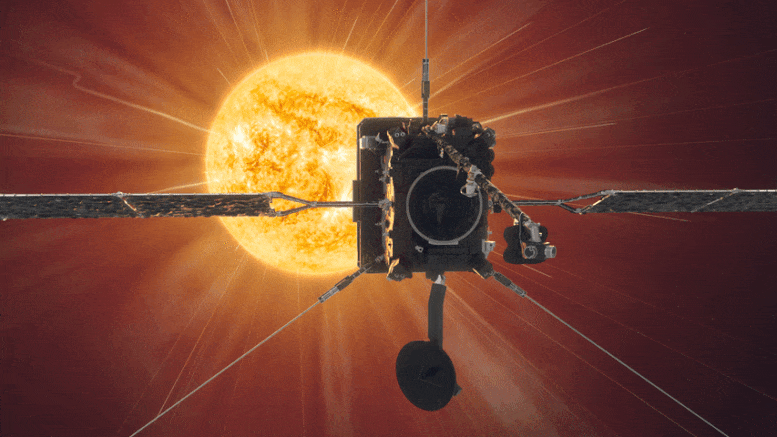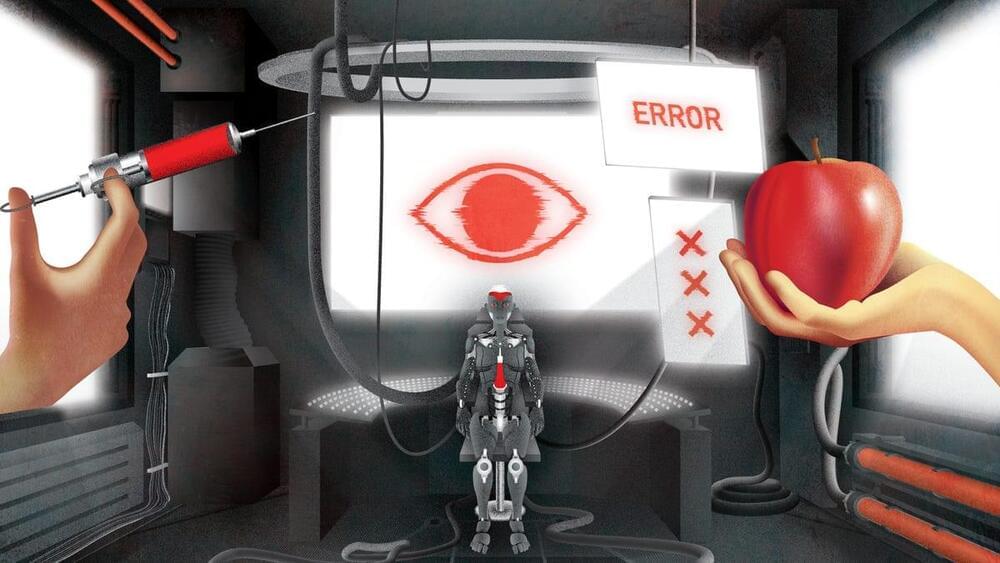SpaceX CEO Elon Musk drops some key new information about the first Starship orbital flight test timeline and dropping SN20 prototype from this test.
SpaceX has been preparing for the first Starship orbital flight test since the last year. But this experiment is getting delayed due to one reason or another as time elapsed.
Initially, SpaceX wanted to perform the first Starship orbital flight experiment with the more stable and tested SN20 prototype (aka Ship 20).
Talking to SpaceX fans on Twitter earlier this week, Elon Musk confirmed that the first orbital flight will not be conducted on the SN20 prototype anymore. A prototype will be used from the existing SN21 or SN22 or a new one will be built for the purpose.




